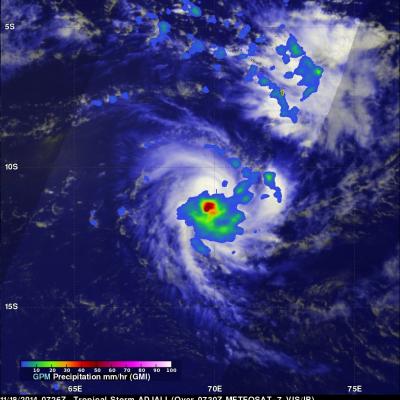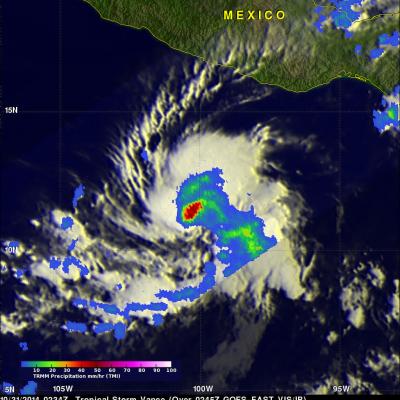3B4xRT Reduced Volume of Data
Starting about 22:00 UTC on 20 October 2014 PPS started having issues with missing input data files originating at NOAA. Informally we have been told that there is a major network issue, but have no insight on its nature or likely duration. Until this is resolved, the input data for the 3B4xRT suite of products will suffer greatly reduced volume. Currently, we are not receiving sounder data, and the IR fields only have GOES-E and -W.




